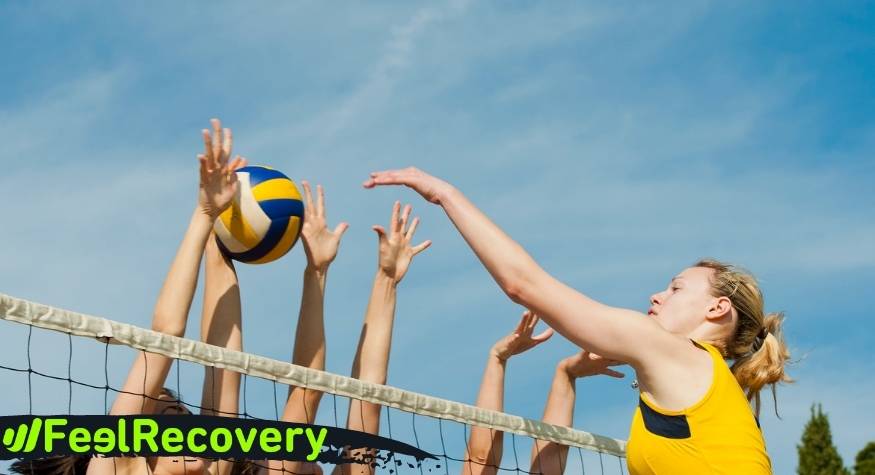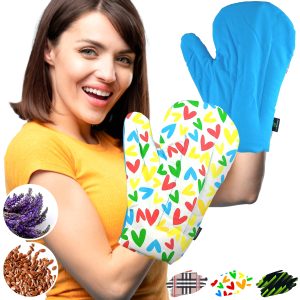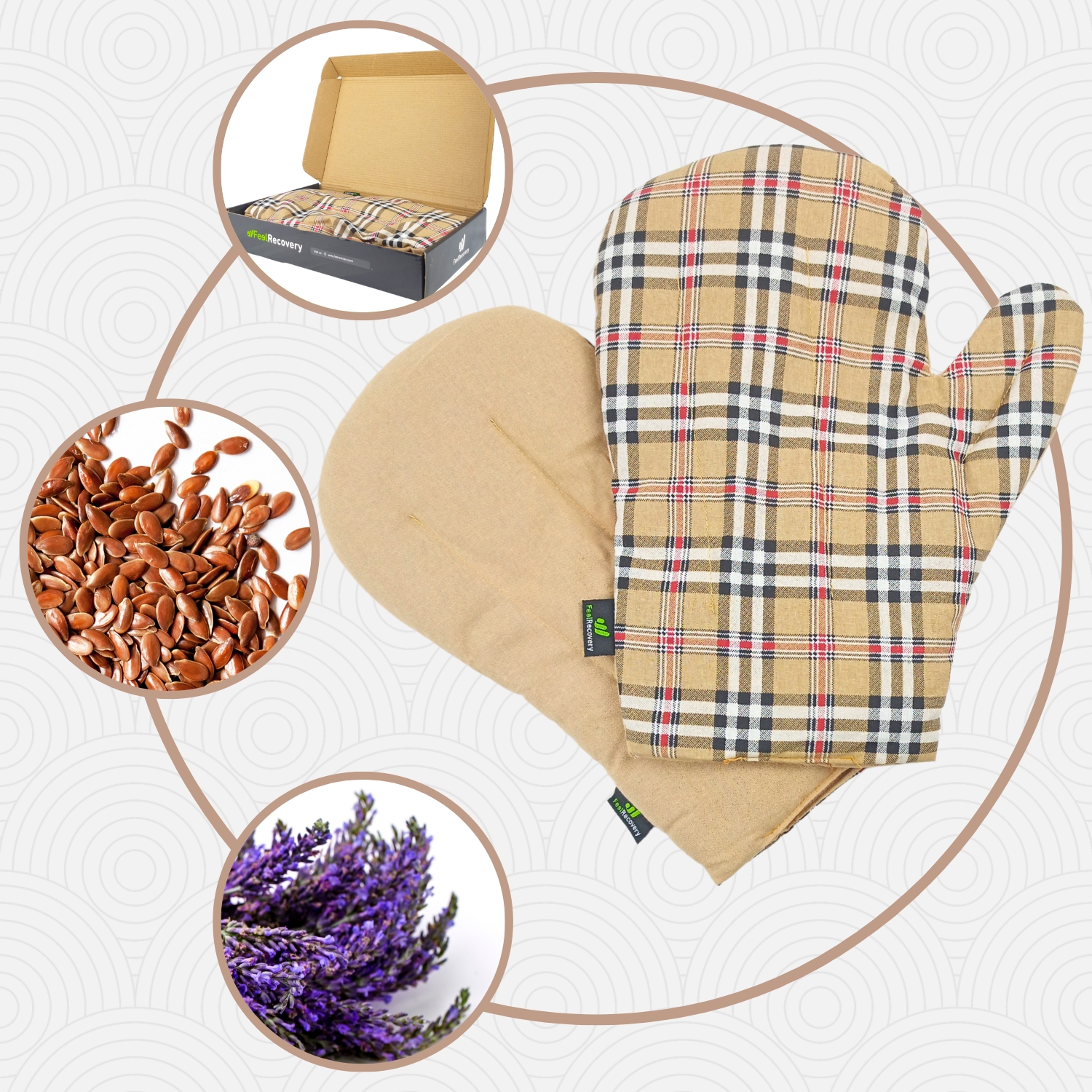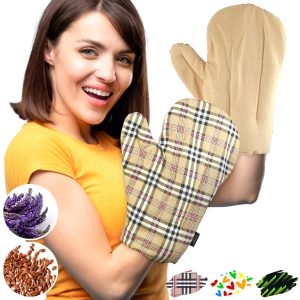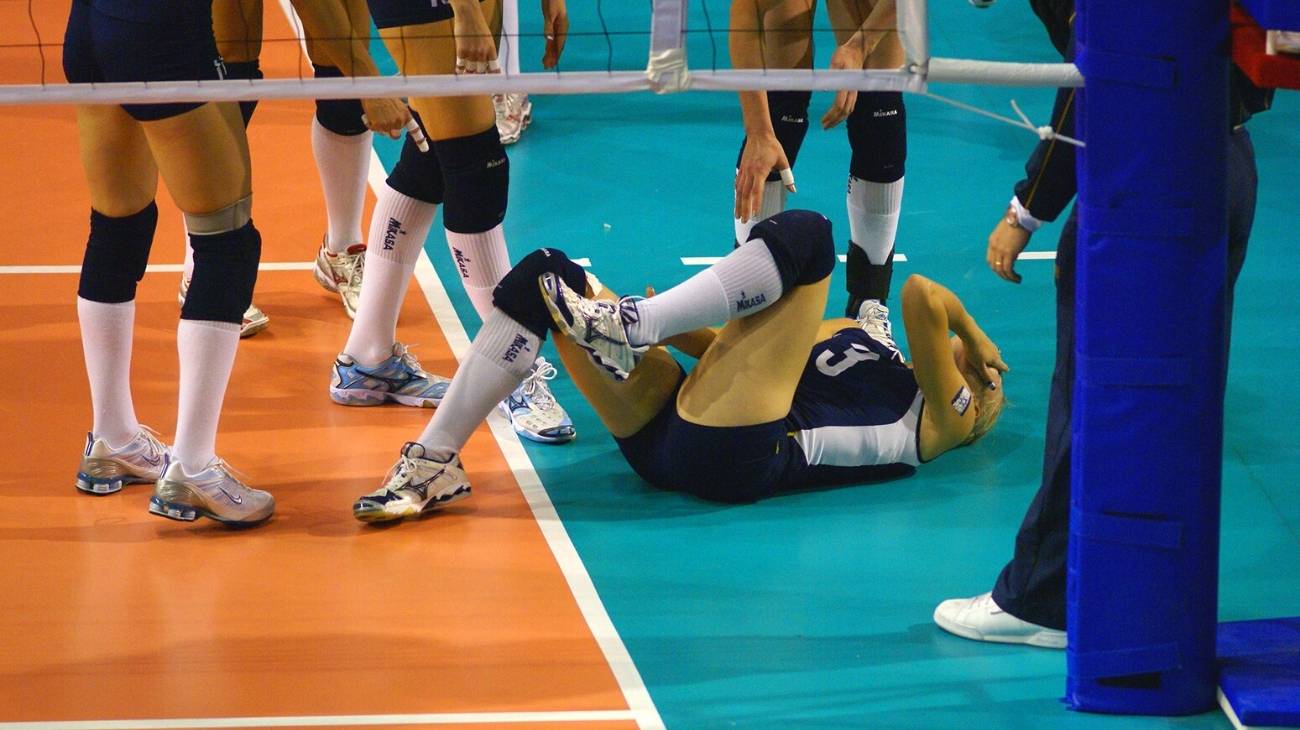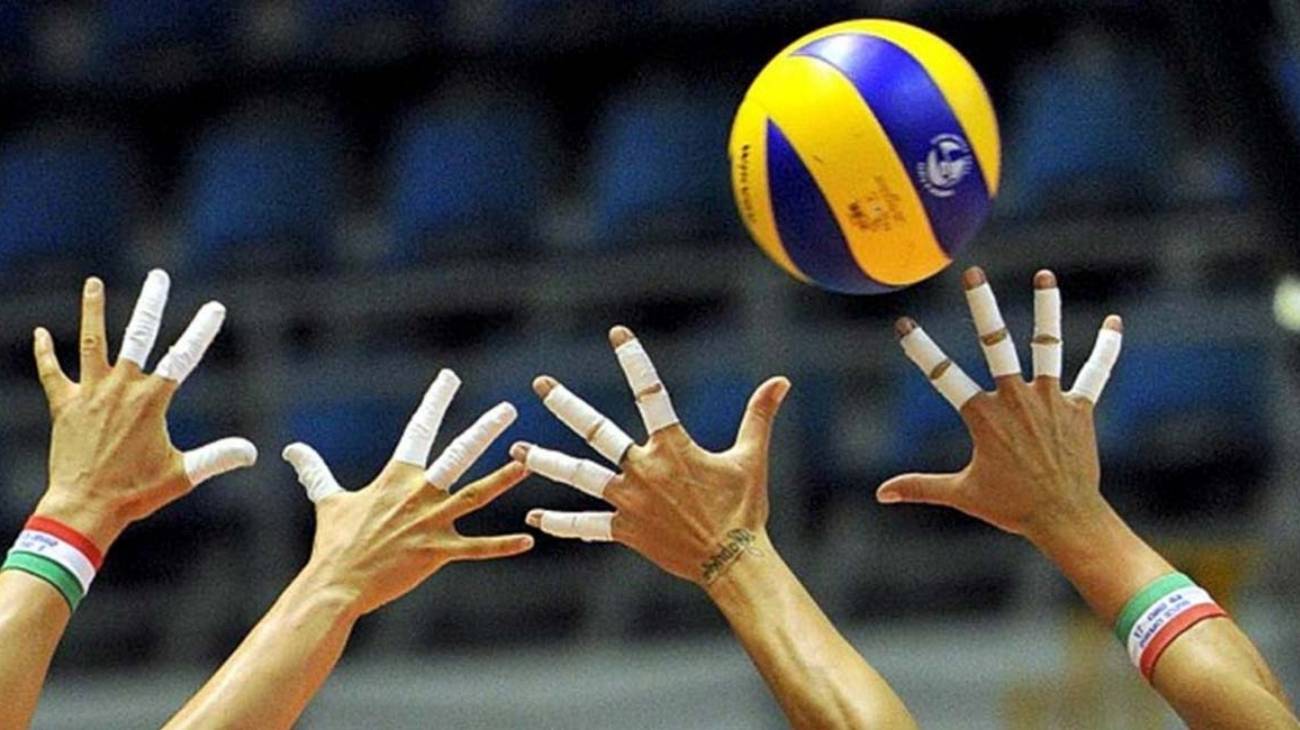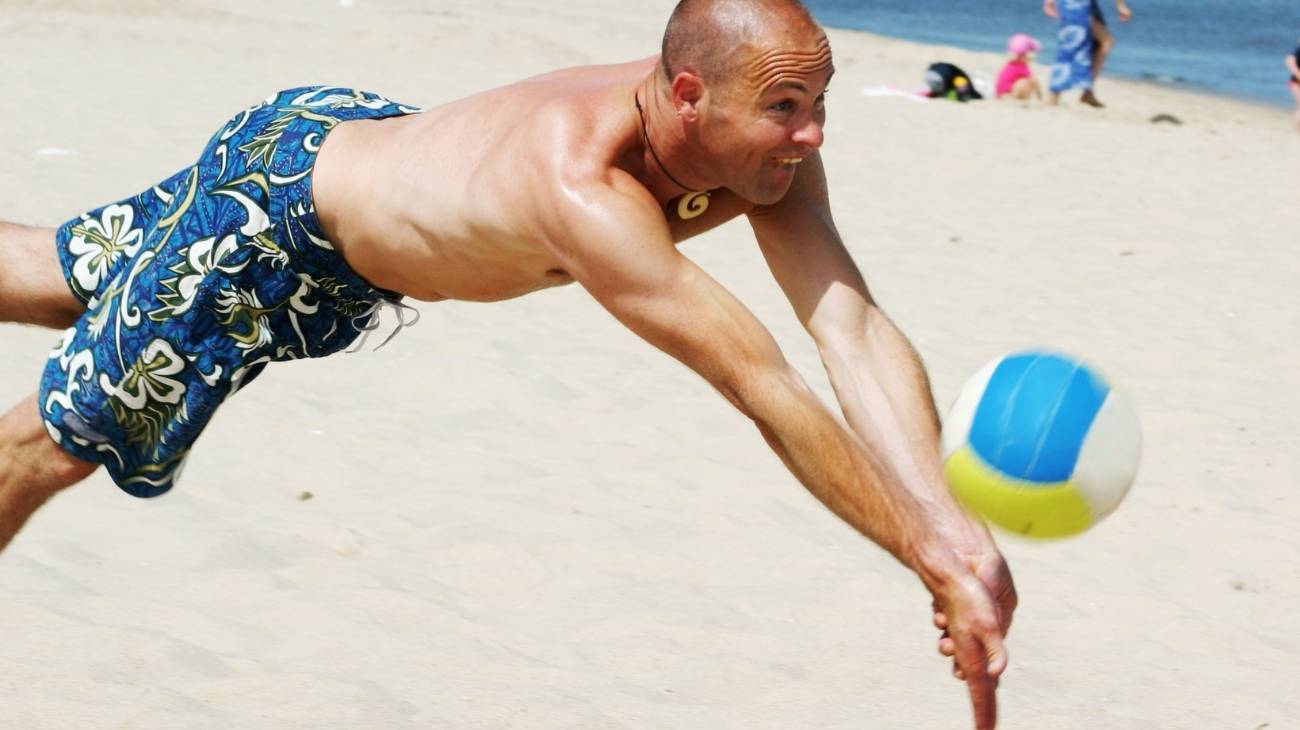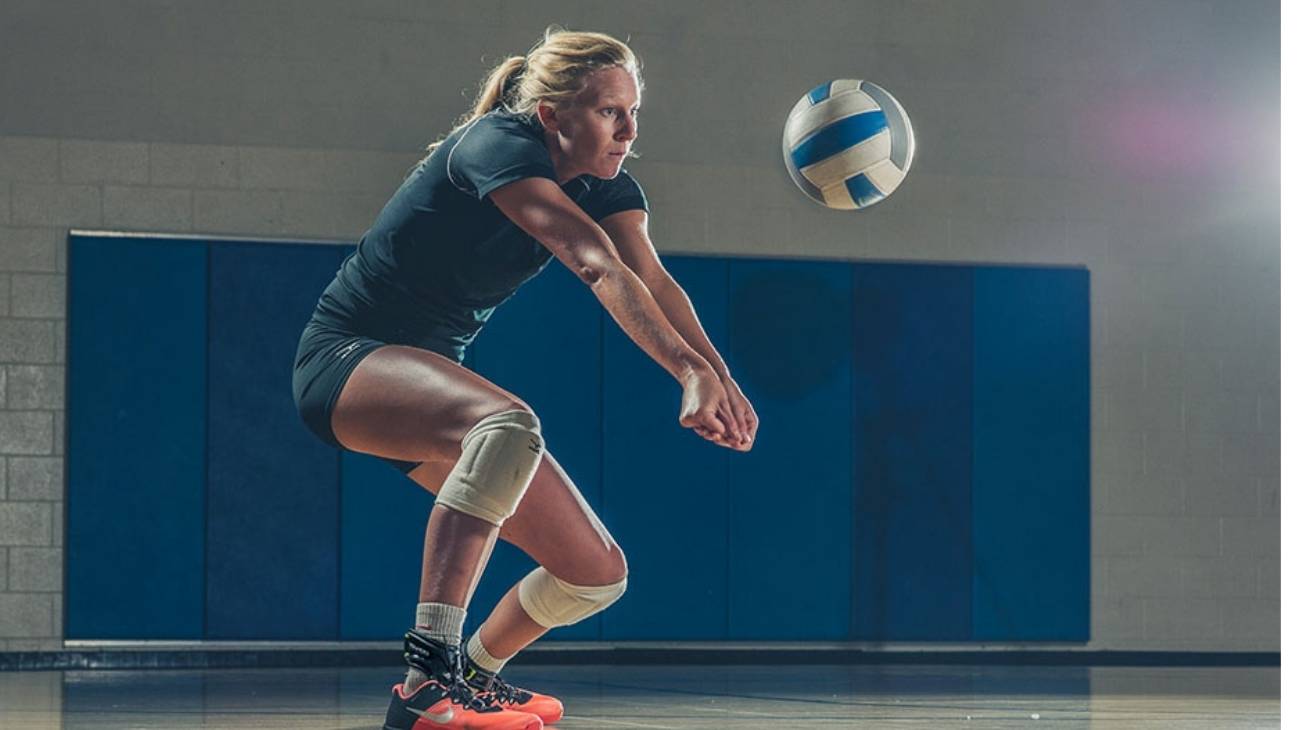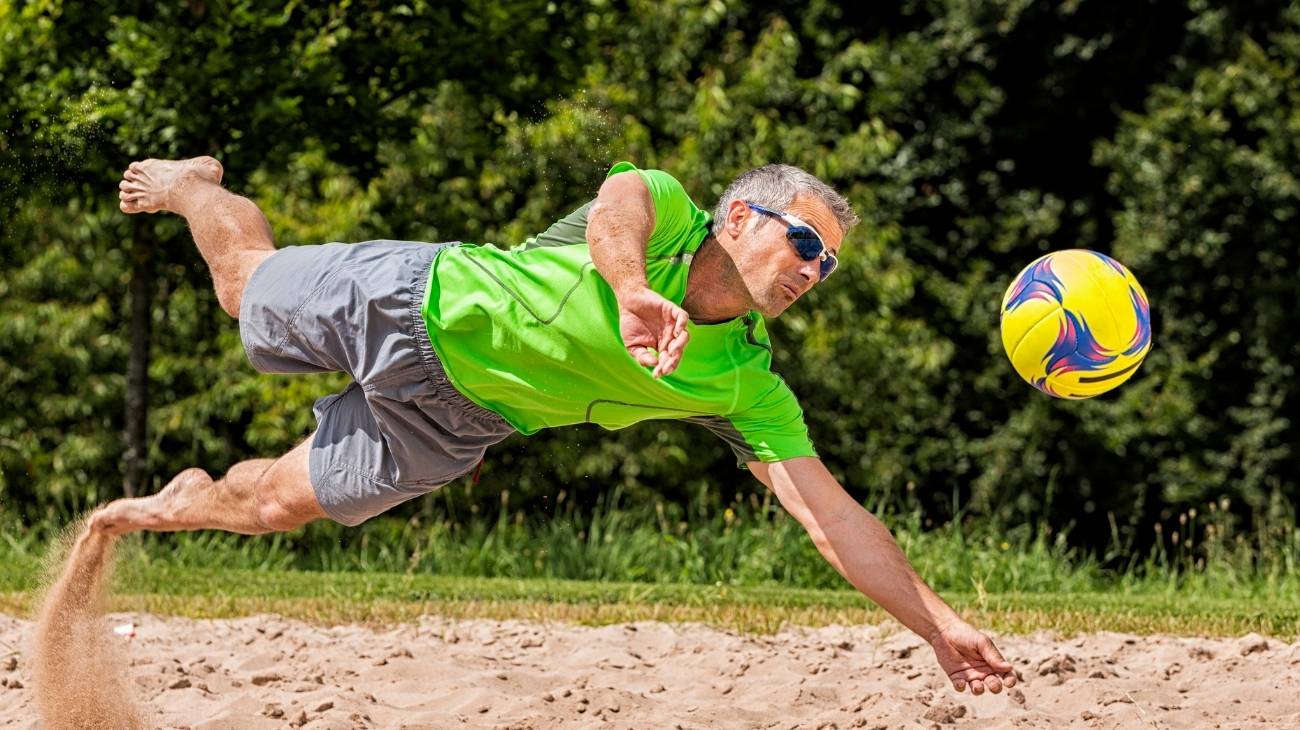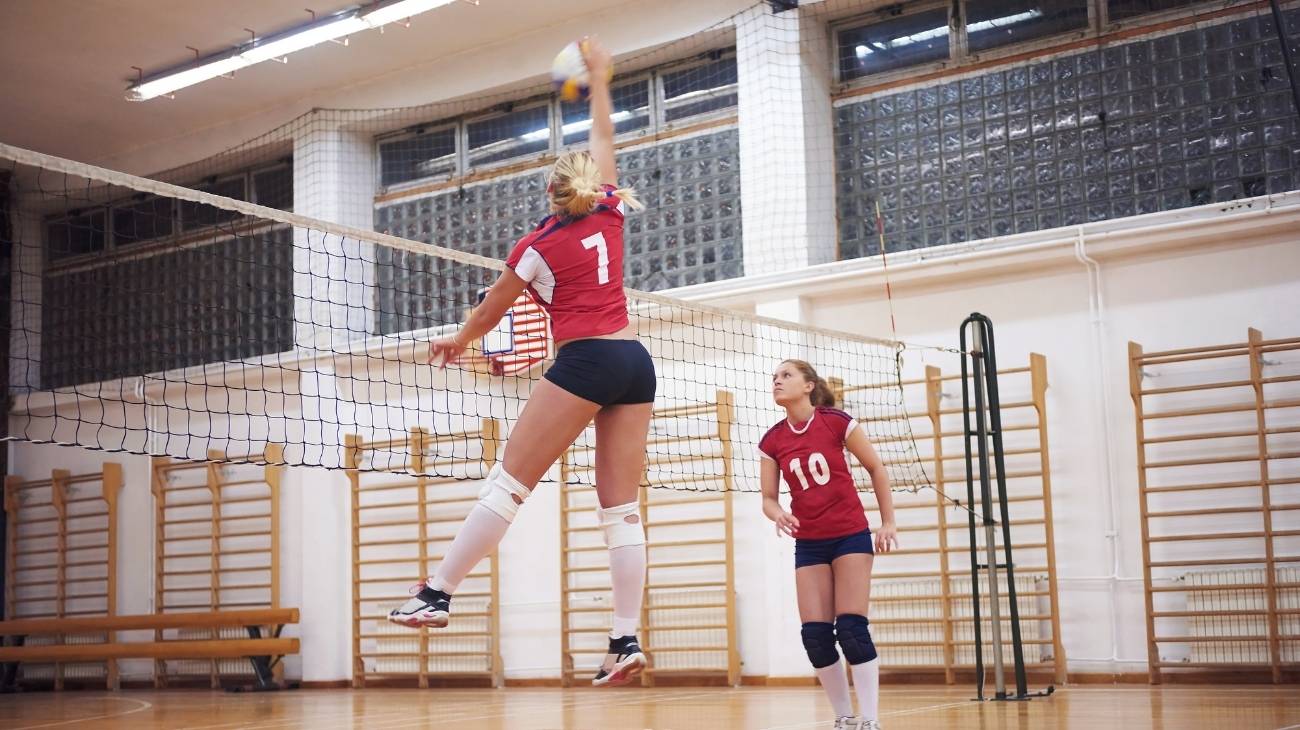The hands and fingers are one of the most susceptible areas to injury during volleyball practice. The hands and fingers are the areas most exposed to the ball and receive the impact of the ball during the play. Serving, spiking, blocking, receiving, passing and continuous contact with the ball are the main causes.
Therefore, it is very important for the player to recognise the types of injuries common to the hands and fingers. In the following post we will introduce you to the most common injuries and how to treat them using the RICE therapy. In addition, we will tell you which are the most useful products in the recovery of injuries for athletes.
What are the most common types of hand and finger injuries when playing volleyball?
Volleyball is a sport where most of its movements are concentrated at the level of the upper limb. More specifically the hands and fingers are more prone to serious acute and other overuse injuries. It is necessary for the player to be familiar with the injuries to ensure correct diagnosis and timely treatment.
These are the most common injuries that can occur in these two important areas:
Wrist sprain
This is one of the most commonly misdiagnosed injuries in volleyball and can occur occasionally. They are caused by unusual and forced movement of the wrist or by falls with the wrist in hyperextension. At the level of the ligaments there is a strain, and sometimes partial and total tears.
Violent bending and twisting can totally damage the anterior and posterior ligaments. This can result in loss of wrist support, compromising the player's mobility and performance. At the time of injury it causes moderate to severe pain, increased volume and difficulty in moving the hand.
Finger fractures
Fractures are part of the injury characteristic of volleyball players known as volleyball finger syndrome. They occur mostly during blocking and mostly affect the 4th and 5th finger. It usually generates intense pain accompanied by increased volume, inability to move and instability at the level of the affected fingers.
Dislocations of the phalanges
Dislocations are also very common injuries, also causing volleyball finger syndrome. It occurs most frequently in blocking movements and from hitting the ball with the fingertips. This injury causes severe pain, deformity of the affected finger, enlargement and inability to move it.
Finger sprains
Like fractures and dislocations, sprains can occur at the level of the phalanges of the fingers. Blocking movements and hitting the ball with the fingertips is the main cause of this injury. It often also affects the 4th and 5th toes and can lead to tears and partial or total rupture of the ligaments.
Best products for hand and finger injury recovery in volleyball
Bestseller
-
Acupressure Mat and Pillow (Black/Gray)
£44,95 -
Acupressure Mat and Pillow (Green/Navy)
£44,95 -
Acupressure Mat and Pillow (Pink/Bordeaux)
£44,95 -
Foot Massage Roller for Plantar Fasciitis (Black)
£17,50 -
Foot Massage Roller for Plantar Fasciitis (Green)
£17,50 -
Foot Massage Roller for Plantar Fasciitis (Pink)
£17,50 -
Microwave Arthritis Gloves (2 Mittens) (Hearts)
£25,50 -
Microwave Arthritis Gloves (2 Mittens) (Oxford)
£25,50 -
Microwaveable Wheat Bag for Pain Relief (Hearts)
£17,50 -
Microwaveable Wheat Bag for Pain Relief (Oxford)
£17,50 -
Microwaveable Wheat Bag for Pain Relief (Sport)
£17,50 -
Wrist Brace (Black/Gray)
£17,50 -
Wrist Brace (Green/Navy)
£17,50 -
Wrist Brace (Pink/Bordeaux)
£17,50
How to apply the RICE therapy to treat finger and hand injuries in volleyball?
When an injury occurs during sport, it is very easy to provide first aid using the RICE therapy. The RICE therapy is a treatment to help injuries to prevent the onset of pain and inflammation. Today it has been updated to the PRICE therapy, but the RICE therapy is much better known.
We present you the steps to treat hand and finger injuries correctly:
- Protection: The first thing that should be done at the level of the hands and fingers is the placement of a protection system. This is done in order to offer greater support and avoid the appearance of more serious or complicated injuries. Elastic bandages can be used on the wrists, hands and fingers, as well as orthoses and joint supports.
- Rest: It is also important to start a period of relative rest for around 48 hours maximum in the hand or fingers. In this way, recovery of this area is guaranteed and the accentuation of pain and inflammation is avoided. Activities that do not interfere with the injured hand or fingers can be carried out to avoid complications such as stiffness.
- Ice: Applying ice to the affected hand or fingers is very effective in reducing pain and swelling. Ice can be applied using cold compresses or by applying gel-filled packs. The correct way to use it is for 15-20 minutes, every 1 hour for about 72 hours.
- Compression: These techniques should be combined with a compressive bandage to help venous return and thus further reduce swelling. It is advisable to start bandaging the hands and fingers with an elastic bandage from the area furthest away from the heart. However, be careful with the level of compression and make sure that you can easily slide your fingers under the bandage.
- Elevation: Finally, it is important to elevate the injured hand to increase venous return to the heart and reduce pain and swelling. This is very easy, you can lie down and use a pillow to elevate the area about 20-30cm from the heart.
References
- Bhairo, N. H., Nijsten, M. W. N., Van Dalen, K. C., & ten Duis, H. J. (1992). Hand injuries in volleyball. International Journal of Sports Medicine, 13(04), 351-354. https://www.thieme-connect.com/products/ejournals/abstract/10.1055/s-2007-1021280
- Cassell, E. (2001). Spiking injuries out of volleyball: A review of injury countermeasures. Monash University Accident Research Centre. https://citeseerx.ist.psu.edu/document?repid=rep1&type=pdf&doi=e3617d9f4525e3ca740efcf23b97e0c6e0f6458d
- Jaworski, C. A., Krause, M., & Brown, J. (2010). Rehabilitation of the wrist and hand following sports injury. Clinics in sports medicine, 29(1), 61-80. https://www.sportsmed.theclinics.com/article/S0278-5919(09)00072-6/fulltext
- Peterson, J. J., & Bancroft, L. W. (2006). Injuries of the fingers and thumb in the athlete. Clinics in sports medicine, 25(3), 527-542. https://www.sportsmed.theclinics.com/article/S0278-5919(06)00007-X/fulltext
- Gaston, R. G., & Loeffler, B. J. (2015). Sports-specific injuries of the hand and wrist. Clinics in sports medicine, 34(1), 1-10. https://www.sportsmed.theclinics.com/article/S0278-5919(14)00083-0/fulltext
- Briner Jr, W. W., & Benjamin, H. J. (1999). Volleyball injuries: managing acute and overuse disorders. The Physician and sportsmedicine, 27(3), 48-60. https://www.tandfonline.com/doi/abs/10.3810/psm.1999.03.720
- Reeser, J. C., & Bahr, R. (2011). Principles of prevention and treatment of common volleyball injuries. WEB-ресурс Fédération Internationale de Volleyball (FIVB). URL: http://www. fivb. org/en/medical/document/fivb_medical_injury_prevention. pdf(дата обращения 3.04. 2015). https://www.volleyballalberta.ca/sites/default/files/sites/Leadership/Coaches/Resources/Injury_Prevention-FIVB.pdf
- Schafle, M. D. (1993). Common injuries in volleyball: treatment, prevention and rehabilitation. Sports Medicine, 16(2), 126-129. https://link.springer.com/article/10.2165/00007256-199316020-00004
- Reeser, J. C., & Bahr, R. (Eds.). (2017). Handbook of sports medicine and science, Volleyball. John Wiley & Sons. https://books.google.es/books?hl=en&lr=&id=ehqACgAAQBAJ
- Reeser, J. C., Verhagen, E. A. L. M., Briner, W. W., Askeland, T. I., & Bahr, R. (2006). Strategies for the prevention of volleyball related injuries. British journal of sports medicine, 40(7), 594-600. https://bjsm.bmj.com/content/40/7/594.short

